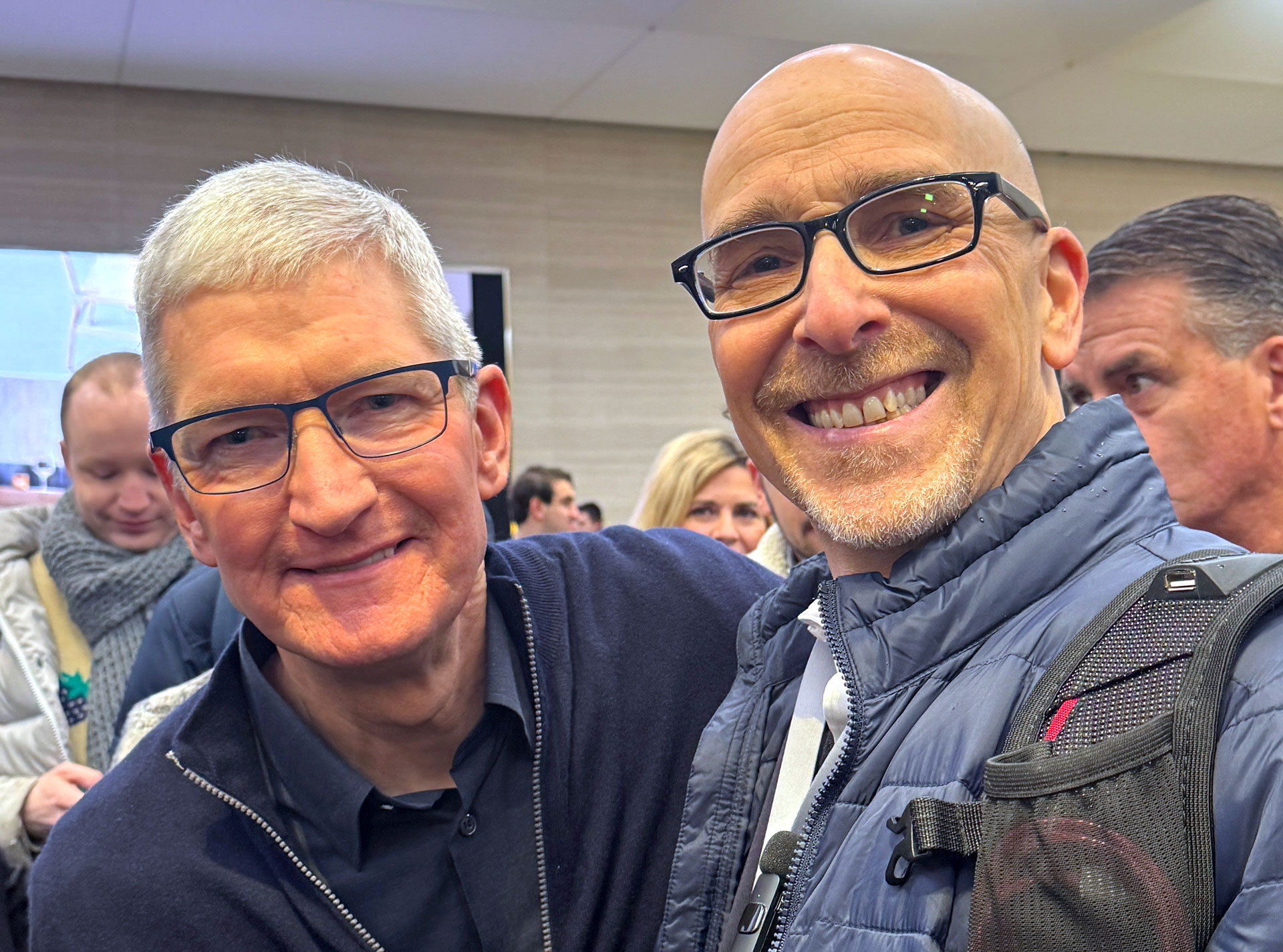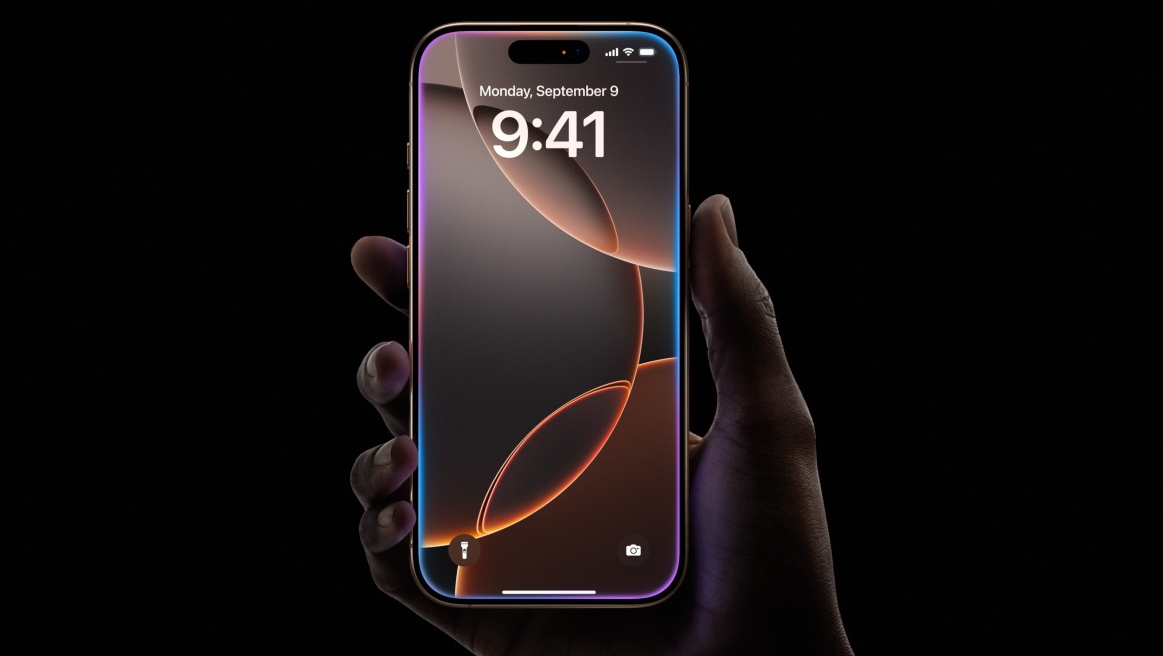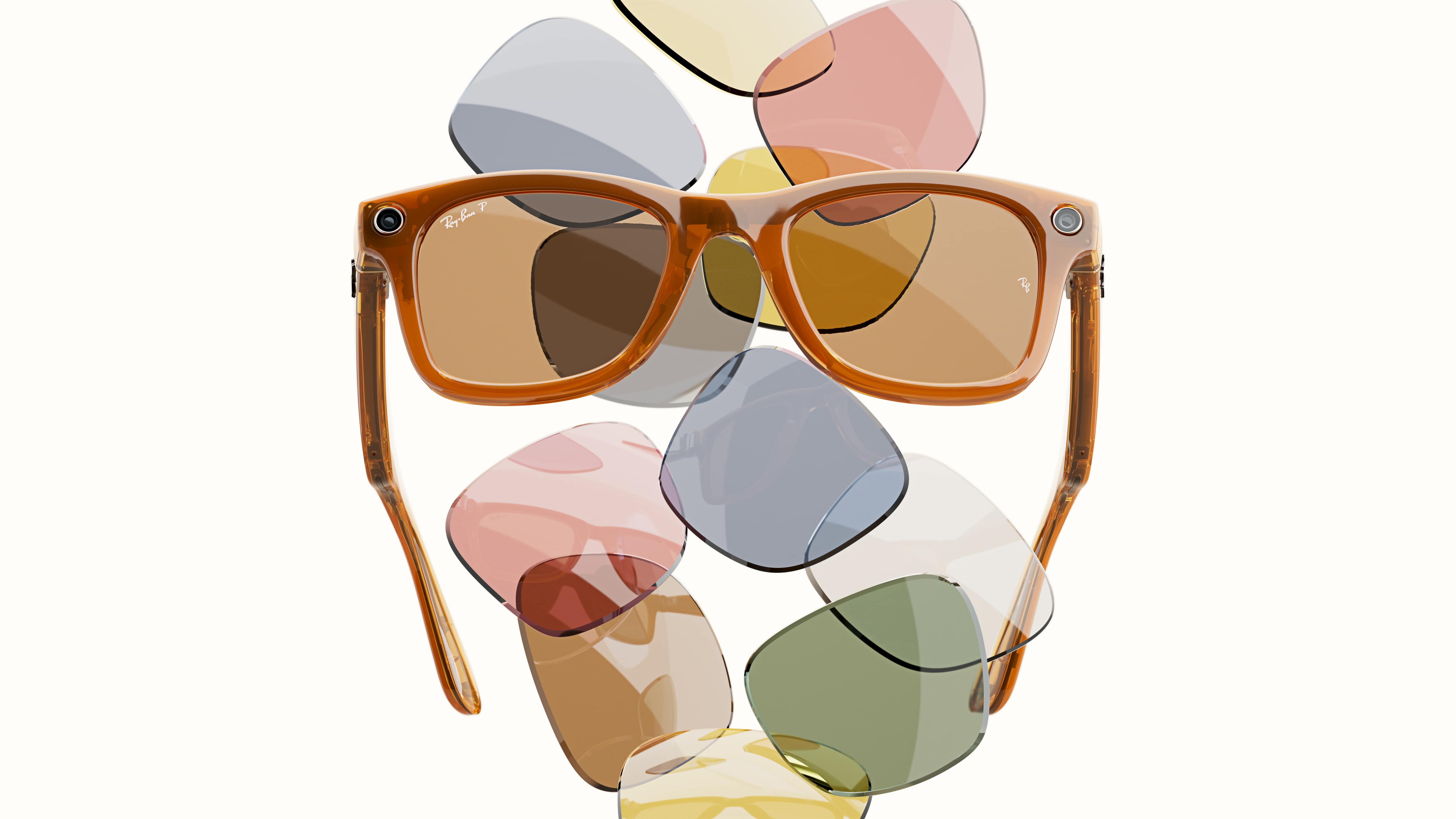
In 2024, mobile phones turned 40, and while every year since their introduction has felt like it has been brimming with innovation, that felt particularly true this year.
Every company seemed to be trying to reinvent the wheel with their interpretation of the next phone revolution – a revolution which could define what smartphones look like when they turn 50.
So, we got AI-powered smarts from the likes of Google Gemini or Apple Intelligence bringing improved efficiency and enhanced creativity tools to our fingertips. And we got lots of new foldables, allowing us to carry tablets in our pockets with unique form factors that facilitate features flat phones can’t deliver. And, at the other end of the scale we got dumbphones, which serve up some much-needed simplicity in our increasingly notification-filled lives. And then there were the AR glasses – not phones at all, obviously, but tech which could kill off the smartphone as we currently know it.
It’s a battle for the ages, folks, but before we dive into the competitive year, we’ve just had, let’s take things all the way back to the very beginning to see how we got here.
A brief history of smartphones
Here’s a brief outline of a few key events from the past four decades since mobile phones were unleashed to the world – including one pivotal moment that took place more than 10 years earlier.
The best smartphone trend of 2024
Before we get too bogged down in the past of smartphones it’s time we chat with the Ghost of Smartphone Present.
2024 was the year of artificial intelligence, and that was no more true than in the sphere of smartphones with the likes of Google Gemini, Apple Intelligence, and the continued rise of AI tools assisting us with photo editing, writing, and pretty much everything we can do on our phones.
As I mentioned in my brief history, this year was exciting for more than AI, however. We saw the first tri-fold courtesy of the Huawei Mate XT, which felt like a bonafide tablet-phone hybrid, while the $700 Motorola Razr finally gave us a foldable that felt truly affordable.
At the same time, we were introduced to the likes of the Meta Orion AR glasses prototype and Samsung and Google Android XR software, which gave us a glimpse of the technology that some believe – such as Meta CEO Mark Zuckerberg (via The Verge) – could replace smartphones altogether one day.
But as I highlight in the video above, I feel the best trend of the year was dumbphones – swooping in as the hero we really need. As an ever-growing deluge of apps and notifications are vying for every iota of our attention, and social media algorithms seem to have reached a stage of existing simply to infuriate every fiber of our being, there’s a wonderful simplicity to the dumbphone and its function to help us switch off from the distractions of smartphones for a while.
The Nokia 3210 served as peak dumbphone with its 4G connectivity, a 2-megapixel camera, and 64 megabytes of RAM (though it does still offer USB-C charging); meanwhile, the TCL 50 Pro NXTPAPER 5G delivered a solid smartphone-dumbphone hybrid which can morph between these two modes and seems ideal for folks who aren’t ready to commit wholeheartedly to the smartphone-less lifestyle.
What is the future of smartphones?
Yet, I write that as I wield a Google Pixel 9 Pro Fold – a foldable which I absolutely adore thanks to its impressively large phone size yet portable design, which is packed with excellent camera software and a suite of AI features I begrudgingly think are pretty neat. My notifications bar is bursting with 14 separate alerts (all appearing since I last cleared it 15 minutes ago). I’m painfully self-aware that I’m the technology equivalent of a five-year-old who might know he should eat his veggies but simply doesn’t want to.
If I – someone willing to go on a 10-minute-long video rant about the excellence of dumbphones – haven’t wholeheartedly accepted them, it seems unlikely many others will, relegating this trend to a niche status.
Instead, it feels like two of the half-baked trends I failed to crown winners of this year – AR glasses and foldables – will be battling it out over the next 10 years for the crown. AI will certainly be there too, but I expect it’ll be a central part of whichever smartphone trend comes out on top, rather than in the form of its own distinct device – you simply need to look at the failed Humane AI Pin and Rabbit R1 next to the success of AI on smartphones as evidence of that.
To help me find an answer I turned to our own Editor-at-large Lance Ulanoff. He’s been writing about tech for close to 40 years and is well-versed in the latest and greatest innovations. Having reviewed prototype AR glasses and various foldables and tested every notable AI under the sun, who better is there to ask about where smartphones could and should head?

Surprisingly, Lance doesn’t think there will be a single winner as we’ve seen previously when innovation has relegated older style handsets to a niche – instead, all the different types will flourish in their own ways.
Rather definitively, Lance explained, “No, AR glasses won’t replace smartphones at least not in the next 10-to-20 years,” with him suggesting they’ll likely be a smartwatch-like accessory that will allow you to do more while keeping your phone in your pocket, and occasionally leave home without your phone.
He concedes that they could eventually take over wholeheartedly, but the main drawback will always be finding a way to cram the power and battery life of a smartphone into a wearable that needs to be as light and comfortable as standard glasses.
As for foldables, while Lance admits the increased screen size is what convinced him to swap from an iPhone Pro to a Pro Max – which is why he carries around an iPhone 16 Pro Max as his current go-to smartphone – he isn’t fully convinced by foldables, either. He appreciates their utility as pocket-sized tablets – adding that’s how he sees them, as tablets rather than typical phones – but as impressive as the devices from Google, Samsung, and others are, there’s not yet been enough innovation to justify a price tag to regular folks that is nearly double what a standard smartphone costs.
He adds, “I think if more people experienced a foldable like the Samsung Galaxy Z Fold 6, they might feel differently about them,” which anecdotally I can attest to; I’ve gone from never using a foldable before 2024 to adoring them, though even I feel they’re too pricey for what they offer right now.
So in five to 10 years' time, Lance said he expects he’ll be carrying around foldable and AR glasses, but as accessories for the regular phone, he’ll have in his pocket too.

And it seems Lance isn’t alone in his dedication to standard smartphones.
We asked our WhatsApp community: “If each device had equally good cameras, battery life and general functionality, would you rather have a regular smartphone, a folding smartphone or a pair of AR smart glasses?” and more than 1,200 people responded with “Smartphone.” Meanwhile, 389 people said “Foldable,” followed by 286 choosing “AR Glasses,” and finally, 54 people simply wanted to “Show results” without voting either way.
These results seemingly speak to Lance’s comment about people not having enough experience with foldables or AR glasses to feel positive about them. Still, I think this highlights an awareness of factors I’ve yet to properly address: the downsides of foldables and AR glasses.
No one phone to rule them all
While I adore the larger screen size foldables boast, not everyone longs for bigger displays, preferring lighter and less chunky handsets. They’re also prone to dust damage; no foldable is yet to be given an IP68 dust and waterproofness score – the highest standard tech can achieve, and the bar most modern smartphones clear – and the non-standard display and shape add to durability concerns.
The folding display of the Galaxy Z Fold 6 is certified for 200,000 folding cycles (which is at least five years of opening and closing it 100 times a day, every day), which is a lot. Still, psychologically, it’s impossible to see a usage limit and not be put off when you compare it to a standard smartphone with no such well-publicized expiration date. Couple that with the difficulty of finding screen protectors and cases – alongside the cost of repairs should your foldable break – and there are plenty of reasons for folks without cash to burn to be put off by foldables.
As for AR glasses, even non-AR specs like the Ray-Ban Meta smart glasses are noticeably more chunky and a little less comfy than standard frames. The added weight and bulk of bigger batteries, better chipsets, and displays will only make the next generation of smart glasses – such as the Meta Orion AR glasses – less easy to wear all day.
Trim downs will happen, but as we’ve seen throughout tech’s history, that takes time. While slim AR glasses will eventually catch up with the performance of today’s smartphones, by that time, there will be new chips that elevate phones to new heights that are too big for specs – mirroring the relationship between smartphones and laptops (or tablets), which peacefully coexist rather than one replacing the others wholeheartedly).

So what is the future of smartphones if its supposed successors are still so flawed? Choice.
The idea of an all-in-one every-gadget which has been promised to us by sci-fi isn’t practical in the real world, but as new technology options emerge, we’ll have the freedom of choice to construct our own arsenal of gadgets that meet our exacting needs and wants.
This isn’t simply true in the smartphone space; look at all of tech. Beyond choosing between smartphones, foldables, glasses, dumbphones, or some combination, people are seeing more choice than ever in the wearables space (fitness bands, smart watches, and smart rings), in the computing space (tablets, laptops, all-in-ones, desktops, and portable pucks) and the home entertainment space (OLED, QLED, mini-LED and projectors).
What matters isn’t what’s best in general but what’s best for you. If that is a simple dumbphone that’s just as excellent a pick as someone else finding that their best solution is a package of foldable, add-on AR glasses, a smart ring, and a laptop.
The future of smartphones, and what I hope we’ll see for technology as a whole in the coming decade, is all of us having the choice to construct our ideal setup, whatever that may be.







